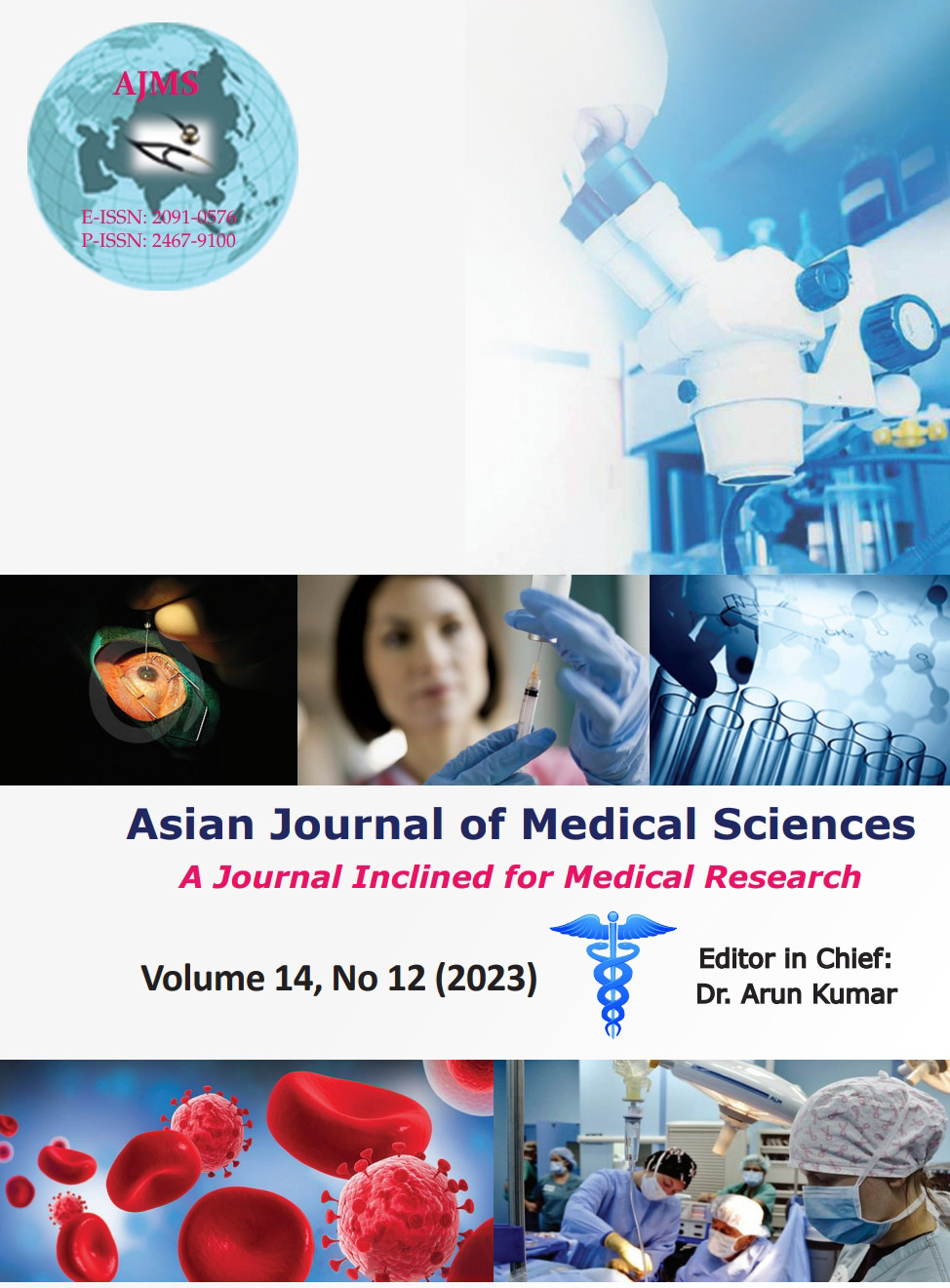Endoscopic features of non-IBD colitis
Keywords:
Endoscopy; Non-IBD colitis; OutpatientsAbstract
Background: Studies about the endoscopic aspect of non-inflammatory bowel disease (IBD) colitis are scarce.
Aims and Objectives: The aim of this retrospective study was to describe the endoscopic appearance of non-IBD colitis (NIC) in an outpatient cohort.
Materials and Methods: All cases of NIC, from 2018 to 2021, with a recent outpatient colonoscopy, were enrolled. Diagnosis was based on clinical, endoscopic, and histological characteristics, and follow-up ≥6 months to recognize misdiagnosed IBD because of mimic causes.
Results: 158 patients (63 males, age 54 years±19) performed a colonoscopy with a final diagnosis of NIC associated with drug-exposition (74), food allergies (26), recent/active gastrointestinal infections (20), ischemic colitis (14), segmental colitis associated diverticulosis (SCAD) (10), obstructed defecation syndrome (ODS) (8) and microscopic colitis (6). Frequencies of endoscopic features and colon distribution were: Drug exposition (hyperemia, erosions/ulcers, 88%; right colon, 70%), recent infection (erosions, 60%; left colon/rectum, 88%), food allergies (red spots/erosions, 67%; all the colon), ischemic colitis (ulcers, 86%; right or left colon), SCAD (hyperemia/edema, 75%; always left colon), ODS (hyperemia, erosions, and loss of vascularity, 90%; always rectum), microscopic colitis (edema and hyperemia; all the colon).
Conclusion: Drug-exposition is the most frequent cause of out-patient NIC. In an appropriate diagnostic context, red spots, hyperemia, and erosions are associated with drug expositions, recent infections, and food allergies. Ulcers are more frequent with ischemic colitis or drug-exposition.
Downloads
Downloads
Published
How to Cite
Issue
Section
License
Copyright (c) 2023 Asian Journal of Medical Sciences

This work is licensed under a Creative Commons Attribution-NonCommercial 4.0 International License.
Authors who publish with this journal agree to the following terms:
- The journal holds copyright and publishes the work under a Creative Commons CC-BY-NC license that permits use, distribution and reprduction in any medium, provided the original work is properly cited and is not used for commercial purposes. The journal should be recognised as the original publisher of this work.
- Authors are able to enter into separate, additional contractual arrangements for the non-exclusive distribution of the journal's published version of the work (e.g., post it to an institutional repository or publish it in a book), with an acknowledgement of its initial publication in this journal.
- Authors are permitted and encouraged to post their work online (e.g., in institutional repositories or on their website) prior to and during the submission process, as it can lead to productive exchanges, as well as earlier and greater citation of published work (See The Effect of Open Access).




